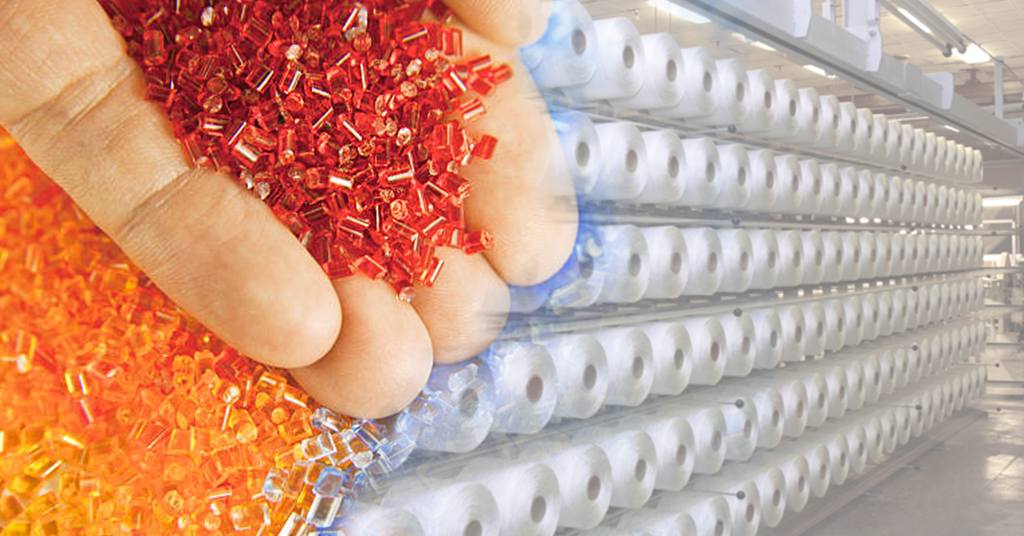Welcome To ChemAnalyst

The ABS (Acrylonitrile Butadiene Styrene) prices were low in the global market due to the persistent downward demand from the downstream automotive industry and ample availability of stocks. In a continuing trend, the ABS market is grappling with a two-month decline due to a combination of reduced costs and lackluster demand. As the downward trajectory persists into the third month, suppliers are expressing concerns over ongoing cost pressures.
In Asia, the price Index reveals that weekly average import prices in these regions are approaching their lowest levels since late August and early September. Local ABS prices in China also decreased as the import ABS prices in both markets have hit more-than-two-month lows on a weekly average, experiencing a cumulative decline of 6-8% since late September. The persistent downturn has led to aggressive offers of Chinese materials in Southeast Asia. These competitive offers have not only lowered overall market levels but have also intensified competition in regional markets, as buyers shift towards low-priced materials for margin protection. The upstream crude oil market also experiencing strong volatility and declining feedstock styrene prices, reaching three-month lows, have dampened market sentiment. The erosion of costs, coupled with a persistent slowdown in downstream demand, has kept sellers under pressure to destock inventories, prompting ABS price reductions.
In the European market, ABS prices have fallen consistently due to lackluster demand and surged pre-procured inventories. Additionally, the reason behind the approach of reducing production rates to increase margins amidst lower export prices was the ongoing deterioration of the regional market conditions and avoiding piling up of the inventories. Moreover, no signs of a revival in the downstream demand for ABS have been seen for several weeks in this quarter due to a significant decrease in the number of new orders and slowness in the economic recovery.
Moreover, the US ABS prices remained stable for the third consecutive week in the line of surplus supplies and low demand in the automotive industry. According to NADA (National Automobile Dealers Association) of the USA, in November 2023, the seasonally adjusted annual rate (SAAR) for new light-vehicle sales reached 15.3 million units, representing the second consecutive month of SAAR declines. The combined new light-vehicle inventory, including units in stock and transit, commenced November at 2.15 million, progressively rising throughout the month. By month-end, the total new light-vehicle inventory reached 2.33 million units, reflecting an 8.3% month-over-month surge and achieving a 20-month peak. As inventory levels expanded in the automotive industry of the nation, the downstream demand for ABS remained on a decline significantly.
As per the ChemAnalyst, the ABS prices are expected to remain on a lower end in December 2023 as the market players foresee these bearish factors continuing to influence the near-term outlook, with lower prices expected as buyers anticipate a further downturn in the ABS prices and negligible demand in the line of year-end destocking sentiments amongst downstream and regional ABS buyers.
We use cookies to deliver the best possible experience on our website. To learn more, visit our Privacy Policy. By continuing to use this site or by closing this box, you consent to our use of cookies. More info.
